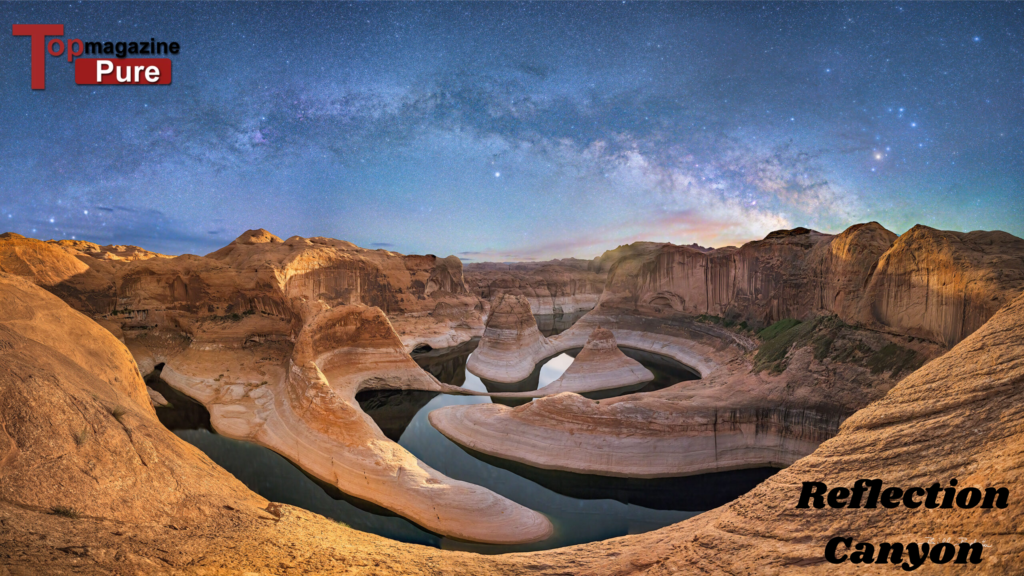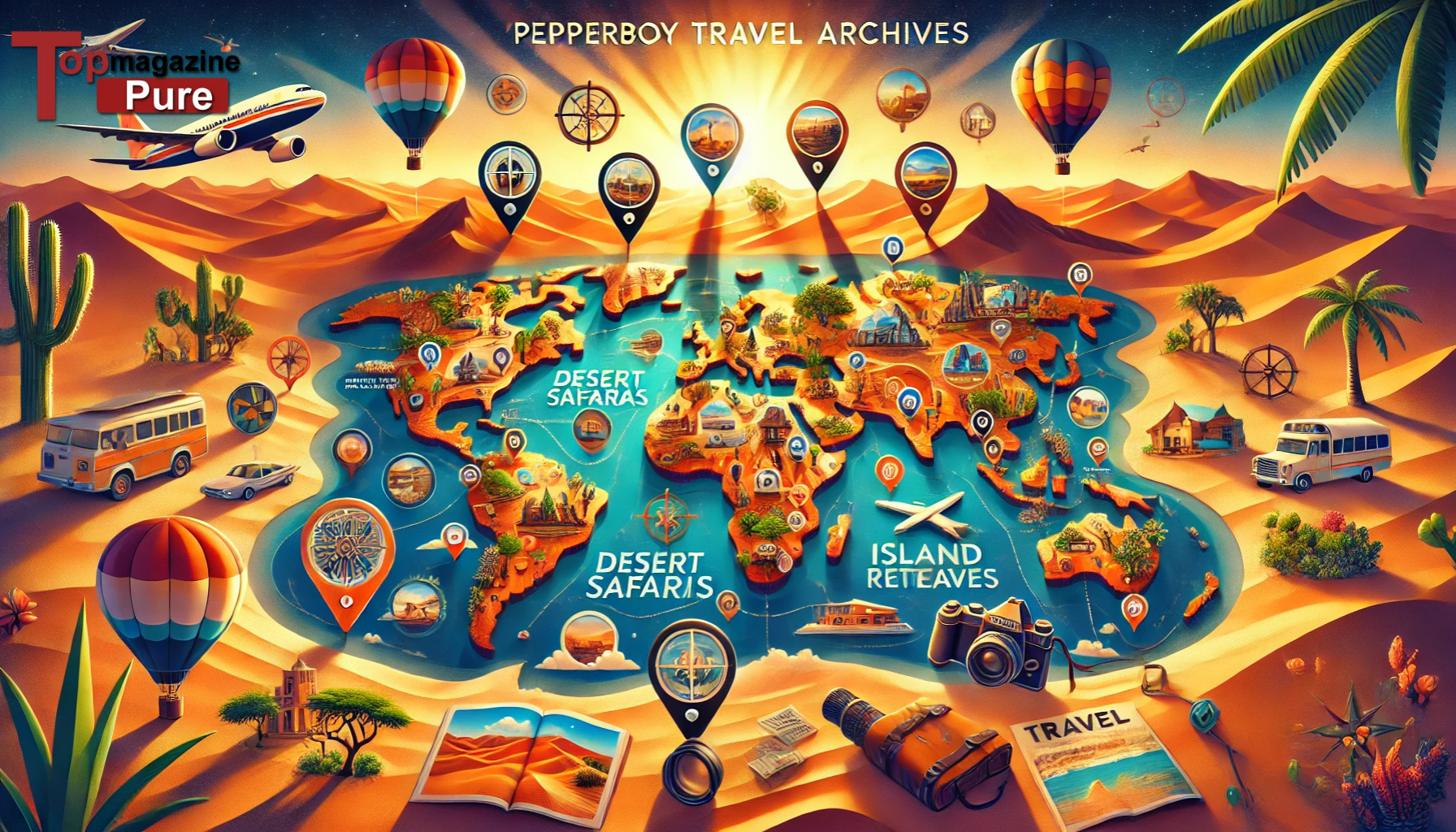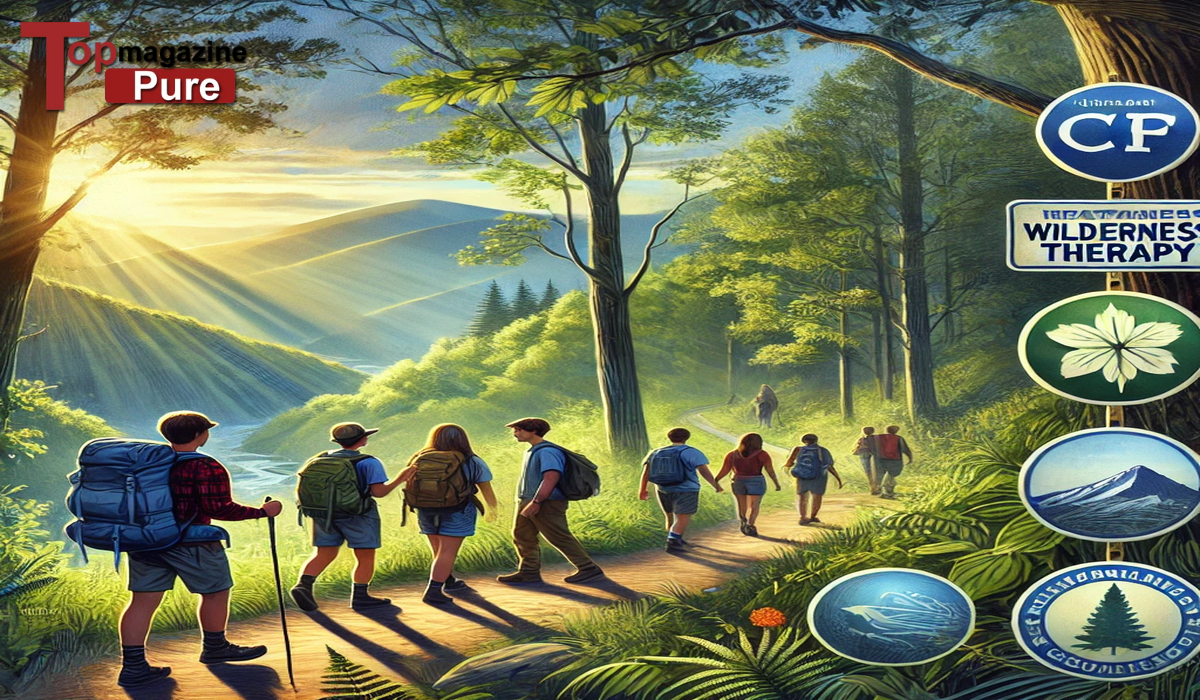Reflection Canyon is a breathtaking and lesser-known natural wonder located in the heart of southern Utah, USA. Its captivating beauty has earned it a spot among the most photographed landscapes in the American Southwest. This article delves into the stunning landscape of Reflection Canyon, its history, how to visit it, and why it has become a popular destination for photographers, hikers, and adventurers alike.
What Is Reflection Canyon?
Reflection Canyon is a striking and serene spot nestled within the vast and rugged terrain of the Glen Canyon National Recreation Area. It is known for its picturesque, serpentine shape and the unique reflections of the surrounding red rock cliffs on the canyon’s calm waters. The canyon is situated near Lake Powell, a massive reservoir on the Colorado River, and its remote, isolated location makes it a truly special destination.
The canyon’s most prominent feature is its distinctive shape— a series of winding, meandering curves that create a narrow, winding corridor with steep rock walls on either side. When viewed from above, Reflection Canyon looks like a delicate river carved into the landscape, surrounded by vivid red and orange rocks that contrast beautifully with the blue waters of the lake.
The History of Reflection Canyon
Reflection Canyon, like much of the American Southwest, has a rich history stretching back thousands of years. Indigenous peoples, such as the Navajo and the Southern Paiute, have long lived in the area and were the first to witness the natural beauty of this stunning canyon.
However, the history of Reflection Canyon as we know it today is largely shaped by the construction of the Glen Canyon Dam in the 1960s. The dam, built across the Colorado River, created Lake Powell and submerged many of the original natural landscapes. The creation of Lake Powell dramatically transformed the area, flooding parts of the canyon and revealing new vistas, creating the picturesque Reflection Canyon.
Today, the canyon is part of the Glen Canyon National Recreation Area, a sprawling park with over 1.25 million acres of land and water in Arizona and Utah. The National Park Service now manages the area, which helps preserve the canyon’s beauty while making it accessible to visitors.
The Geology of Reflection Canyon
Reflection Canyon is a prime example of the geological processes that have shaped the American Southwest over millions of years. The slow but relentless forces of erosion carved the canyon itself. The region’s signature red rock formations were created by sedimentary rock deposits from ancient seas that covered the area during the Paleozoic Era. Over time, the forces of wind, water, and ice wore away at these deposits, forming the canyon’s deep and winding curves.
One of the defining features of the canyon is the narrowness of its passageways. The canyon walls grow steeper and more dramatic as you travel down the winding path. The rock formations in this area are known as Navajo sandstone, which is noted for its unique red-orange hue that contrasts beautifully with the blue waters of the lake.
The reflections seen in the water are visually stunning and an excellent illustration of how the landscape’s geological features create natural mirrors. When the water is still, the surrounding rock formations are perfectly reflected on the surface, providing visitors with an awe-inspiring and photographic moment.
Why Reflection Canyon Is a Photographer’s Paradise
Reflection Canyon is widely recognized as one of the most photographed spots in the American Southwest. Photographers from all over the world come to capture the extraordinary beauty of the canyon, particularly its reflections in the lake’s still waters. The uniqueness of the landscape, combined with the calmness of the water, creates an otherworldly scene that is difficult to replicate elsewhere.
The best time to photograph Reflection Canyon is during the golden hours of sunrise and sunset when the canyon and the watercolors are illuminated by soft, warm light. During these times, the reflections are especially vivid, and the colors of the rock formations come alive with a fiery red glow.
Photographers often take advantage of the canyon’s remote location to capture long exposure shots of the canyon, creating surreal and ethereal images that showcase the magic of this location. Whether you’re an amateur photographer with a smartphone or a seasoned professional with a high-end camera, Reflection Canyon offers plenty of opportunities to snap unforgettable photos.
How to Reach Reflection Canyon
Reaching Reflection Canyon is an adventure located in a relatively remote area. While the canyon is accessible by boat via Lake Powell, most visitors access the site through a challenging hiking route.
The Hiking Trail
The Reflection Canyon hike is a moderately difficult, approximately 6-mile round-trip trek that takes hikers through rough terrain. The trailhead can be accessed from a dirt road off Highway 276 north of Big Water, Utah. After a short drive down the unpaved road, hikers are led to the trailhead, which marks the beginning of the journey to the canyon.
The hike to Reflection Canyon typically takes about 3 to 4 hours round-trip, depending on your fitness level and the pace you set. Hikers need to be prepared for rocky, uneven terrain, and it’s recommended to wear sturdy shoes and bring plenty of water. The trail’s final stretch can be tricky, with steep slopes and some scrambling, but the reward at the end is well worth the effort.
While the trail is not marked, it is commonly traveled by those who know the area, so following established routes or using GPS coordinates is advised. It is important to note that the hike should only be attempted by experienced hikers, as the remote route and the landscape can be harsh.
Boating to Reflection Canyon
For those who prefer a less physically demanding way to experience Reflection Canyon, visiting by boat is a popular option. Since Reflection Canyon is located on Lake Powell, boat access is an excellent way to view the canyon from the water. Many visitors rent a boat or arrange a guided tour to explore the shoreline and the surrounding cliffs.
Accessing Reflection Canyon by boat allows you to see the canyon from a different perspective, with the waters reflecting the area’s stunning geology. If you’re visiting during summer, this is a great way to combine boating with your adventure.
The Best Time to Visit Reflection Canyon
The best time to visit Reflection Canyon is spring and fall when temperatures are moderate and the weather is typically clear and sunny. Summer temperatures can be extremely hot, especially in the desert climate, so spring and fall offer the most comfortable conditions for hiking or exploring the area by boat.
As with many remote natural destinations, planning your visit to Reflection Canyon well in advance is important. Due to the hike’s rugged nature, visitors should be prepared with adequate food, water, and supplies. If you plan on boating, arranging boat rentals ahead of time is advisable, as services near Lake Powell can get busy during peak seasons.
Conclusion
Reflection Canyon is a hidden treasure in the American Southwest, offering visitors a chance to experience the natural beauty of southern Utah in its purest form. Whether you’re an avid photographer, a hiking enthusiast, or simply someone seeking a unique and peaceful destination, Reflection Canyon is sure to impress. The canyon’s stunning reflections, dramatic landscapes, and serene waters make it a must-see destination for anyone exploring the American Southwest.
While getting to Reflection Canyon requires some effort, the journey is part of the experience, and the reward at the end—spectacular views and photographs—makes it all worth it. So, if you’re looking for a truly unforgettable adventure, Reflection Canyon is waiting for you.







